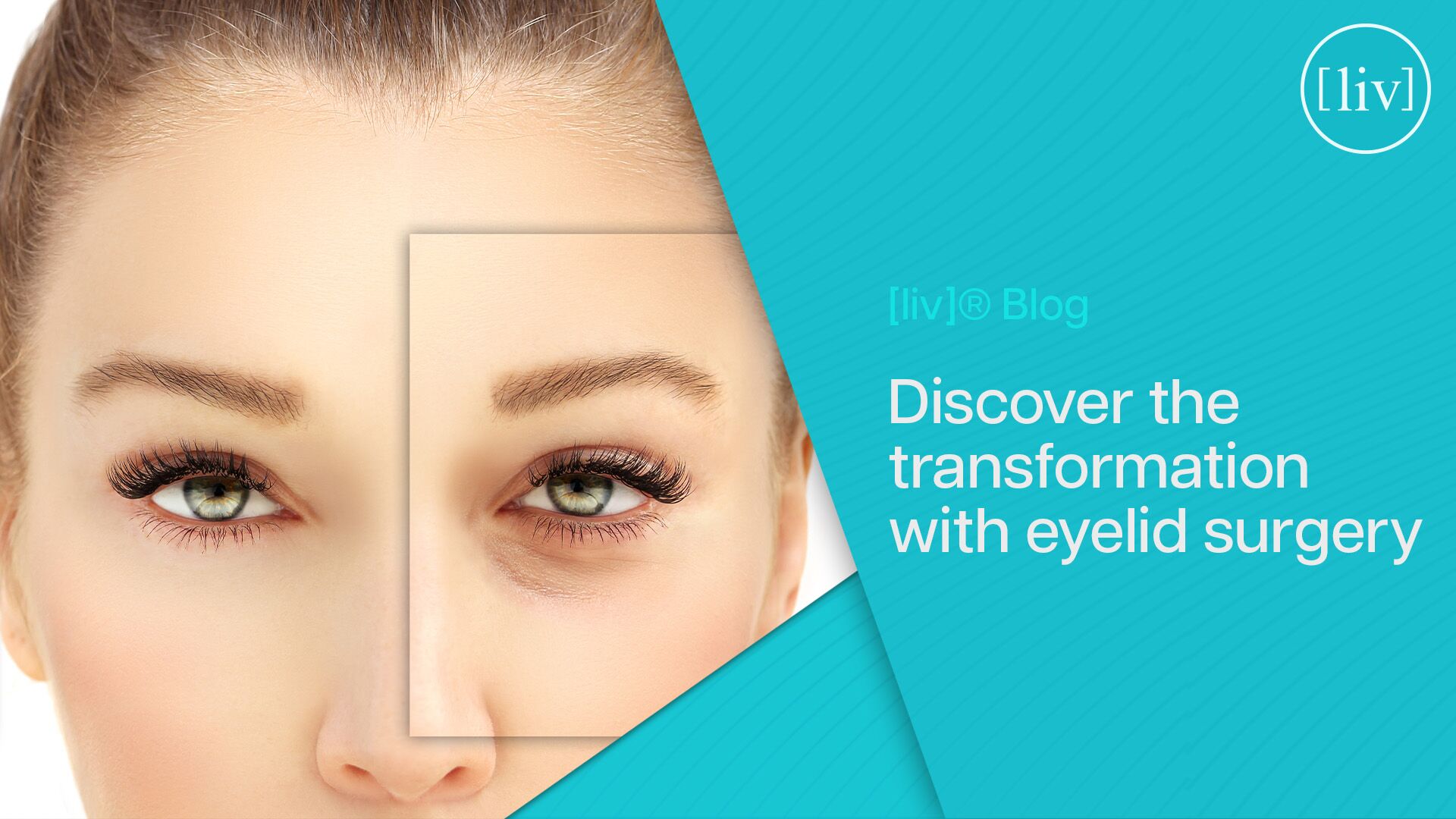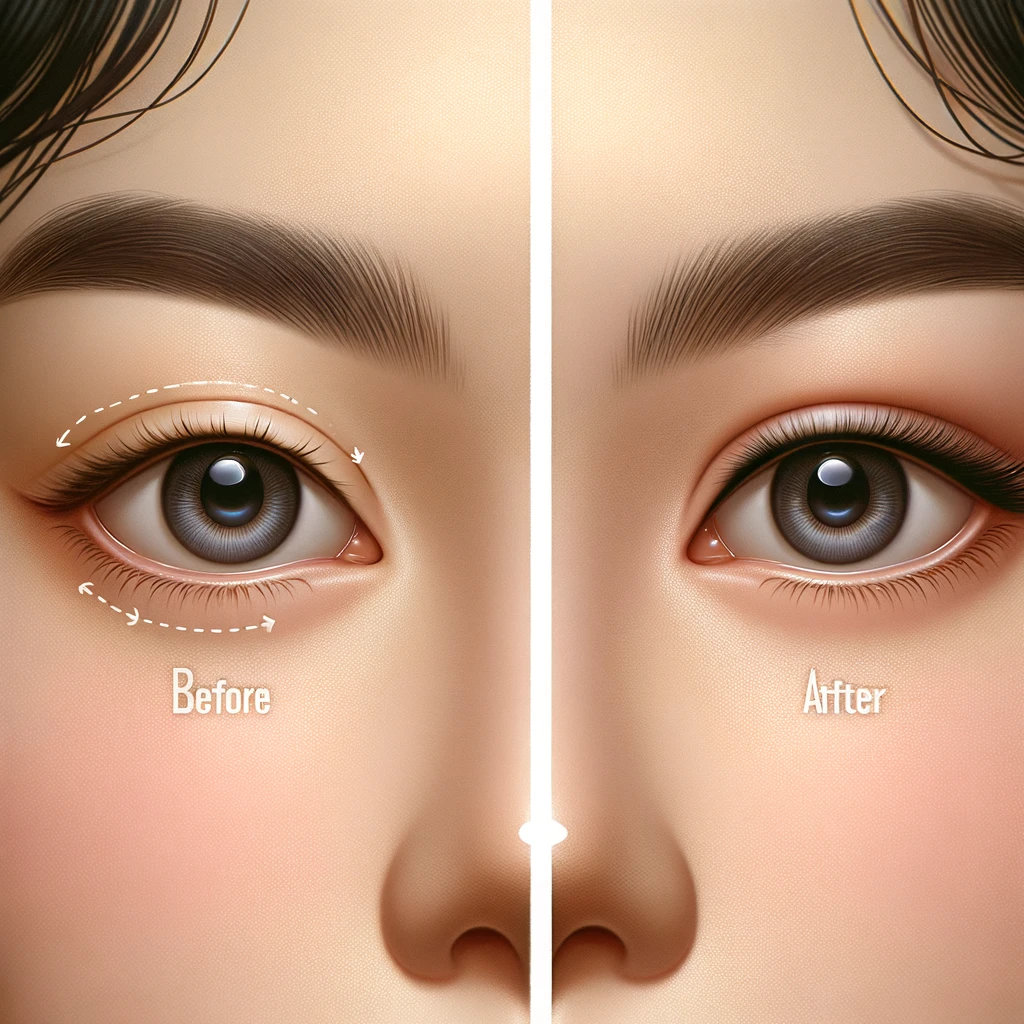Celebrate Mother's Day with Dr. Andrew Ress at [liv]
May 08, 2025
Shine Bright This Holiday Season: Unveil Your Best Self!
December 18, 2024

Discover dramatic transformations with Double Eyelids Surgery Before and After photos. See real results and find out more about this cosmetic procedure. Consult with experts for your desired look today!
We are delighted to present you with a collection of Before and After images of Double Eyelids Surgery. Through this introduction, we explore the fascinating journey of individuals who have undergone this cosmetic procedure, observing the remarkable changes and enhancements to their appearance that have been achieved. Explore the significance of double eyelid surgery and gain insight into what it entails, ranging from subtle enhancements to dramatic transformations. We invite you to embark on a journey of discovery through the world of double eyelid surgery before and after, whether you are considering it for yourself or are simply curious about the procedure.
The double eyelid is characterized by a distinct separation between the upper eyelid and the eyebrows created by a crease or fold above the upper eyelid. The natural feature is more prominent in some individuals, while others have what is known as a "monolid" with no visible creases.
Double eyelids are common among East Asian individuals, but they can also occur among individuals from other ethnicities. Genetics is primarily responsible for the presence or absence of double eyelids. The fold may be created by surgery, known as double eyelid surgery or blepharoplasty, for individuals who are born with double eyelids.
Various reasons exist for wanting double eyelids. Some people have a preference for cosmetics, since double eyelids are often regarded as attractive in certain cultures. The surgery of double eyelids may also be performed to improve vision by lifting droopy eyelids or correcting an asymmetry between the eyes in order to address functional concerns.
The procedure of double eyelid surgery involves making an incision along the desired crease line, removing excess skin and fat, and creating the fold. The procedure is typically performed under local anesthesia and is subject to variable recovery times and possible risks, as with any surgical procedure.
As a result, whether one has double eyelids or not is a natural trait influenced by genetics, but surgical options are available for individuals wishing to achieve the appearance of double eyelids.
If you are considering double eyelid surgery, it's understandable that you would want to explore its possible benefits. So, let's take a look at what you might expect from the before and after photo gallery.
It is crucial that you understand the motivations behind your desire to have surgery before beginning any procedure. Do you wish to make subtle enhancements or would you like a more substantial change? Speak with a qualified surgeon who will be able to provide insight into what's realistic and help manage expectations.
During consultations, your surgeon will assess your eye structure, skin elasticity, and overall health to determine if you're a suitable candidate for the procedure. During this discussion, they will describe the various techniques involved and discuss the potential outcomes. It is also a good opportunity to discuss your concerns or questions.

It is normal to experience excitement and anticipation once you have made the decision to proceed with your surgery. Anesthesia will usually be administered to ensure a comfortable experience on the day of surgery. According to your preferences and the surgeon's recommendation, the procedure involves creating a new upper eyelid crease either through an incision or non-incision method.
There is a recovery period following surgery during which you should follow your surgeon's post-operative instructions carefully, including elevating your head, applying cold compresses to reduce swelling, and avoiding strenuous activities.
You will start to see the transformation taking shape as the swelling subsides and the healing process continues. While initial results may appear within a few weeks, the full effect may not emerge until the tissue settles and any residual swelling has subsided.
As a result of double eyelid surgery, patients are able to achieve a natural-looking enhancement that harmonizes with their facial features. The aim is not to eliminate their unique features, but to enhance them through a procedure that enhances their natural beauty and boosts their self-confidence.
The process of double eyelid surgery can produce significant improvements, but perfection is not always possible. It's important to maintain a realistic expectation throughout the process. Celebrate your progress toward feeling more comfortable and confident in yourself and embrace the journey you're taking.
Take the time to weigh the pros and cons, research your options, and consult with trusted medical professionals before making a final decision regarding any cosmetic procedure. The beauty of your eyes shines from within no matter whether you opt to undergo double eyelid surgery or not.
It is important to note that there are several steps involved in the creation of double eyelids, which may also be referred to as double eyelid surgery or blepharoplasty. Here is an overview of how the procedure is normally carried out:
A board-certified plastic surgeon who has performed double eyelid surgery is essential for patients who are considering this procedure. Moreover, patients should have realistic expectations regarding the possible outcomes and risks associated with the procedure. Double eyelid surgery can enhance the appearance of the eyes and improve self-confidence when performed with proper care and expertise.
An upper eyelid crease is created through double eyelid surgery, sometimes referred to as blepharoplasty, a popular cosmetic procedure. For optimal results and to minimize complications, proper recovery and aftercare are crucial to the success of the surgery.
It is imperative that you allow yourself enough time to heal after undergoing double eyelid surgery. You may experience swelling, bruising, and discomfort around the eyes during the initial recovery period, which usually lasts between one and two weeks. During this time, it is normal for the eyelids to feel tight or sore.
During the first few days following surgery, it's essential to follow your surgeon's post-operative instructions carefully. This may include:
While the initial recovery period is crucial, proper aftercare is essential for maintaining the results of double eyelid surgery in the long term. Here are some tips for long-term aftercare:
As important as it is to understand the potential risks and complications associated with double eyelid surgery, it is also important to know that these procedures can enhance the appearance of the eyes, as well as create a defined crease in the eyelid.
Before undergoing double eyelid surgery, it is crucial to discuss these risks and complications with a qualified plastic surgeon. An individual can minimize the likelihood of adverse outcomes by being aware of the risks involved in cosmetic procedures and taking necessary precautions.
When considering whether to undergo the surgery, consider the following advantages: It can elevate your eyelid, improving your vision. Additionally, it can enhance your youthful appearance and give the illusion of larger eyes, as well as alleviate irritation caused by lashes pressing against the cornea as a result of heavy lids.
There are several factors that can affect how long your results will last. Among these are the durability of the suture over time, the formation of sufficient scar tissue to maintain the crease, and your ability to adhere to post-surgery instructions (for example, not rubbing your eyes or bending down). Results typically last between five and ten years on average.
There are certain conditions that may not be appropriate for eyelid surgery, including thyroid issues, dry eyes, hypertension, cardiovascular disease, diabetes, detached retinas, and glaucoma. You may be recommended to consult an eye specialist for further evaluation by your plastic surgeon prior to the procedure.
Although eyelid surgery does not address concerns such as dark circles, crow’s feet, or facial wrinkles, it can rejuvenate your appearance, giving you a refreshed, youthful, and alert appearance. The eye lift procedure can also be combined with other procedures such as laser resurfacing, filler injections, or forehead lifts to provide a comprehensive enhancement package.
Before undergoing double eyelid surgery, it is imperative to carefully consider motivations, realistic expectations, and consult with qualified professionals. The journey of double eyelid surgery is one of transformation and enhancement. Individual factors, such as age, health, and the adherence to postoperative care, may affect the before and after results.
Though the surgery is capable of improving aesthetics and addressing functional concerns such as vision obstruction, it is important to be aware of its limitations and potential risks in advance. It is ultimately essential to embrace one's natural beauty and uniqueness regardless of whether or not one opts for this procedure.
May 08, 2025
December 18, 2024
Copyright © Liv Plastic Surgery 2026. All Rights Reserved

Consultations are complimentary in person or virtual.
We love our out of town patients!
